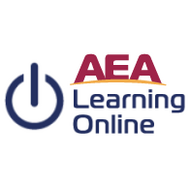
(View Complete Item Description)
The LA riots of 1992 were a pivotal moment in American history. Not only did they raise awareness of issues of police violence related to African Americans in the beating of Rodney King, they were also the first instance when film footage by an ordinary citizen (well before cell phone cameras) would lead to such direct and widespread consequences. Obviously, with those cell phone cameras, such incidents are now reported regularly, with the largest recent consequences being the summer protests of 2020 after the death of George Floyd. For HS students, 30 years ago might seem like ancient history, but they witnessed 2020. This provides an excellent opportunity not only to provide context for an historical event, but also to connect it directly to the world in which they live, and to explore the concepts of continuity and change. This project is designed to not only help students achieve a better understanding of the events of 1992 as an historical event, but also to refine their skills as historians. Finally, in the culminating part of the project, students will be able to evaluate the judgment of USC criminal justice and law professor Jody David Armour’s comment, “Ain’t nothing changed but the year it is.”
Material Type:
Homework/Assignment
Author:
Jeff Buscher


















